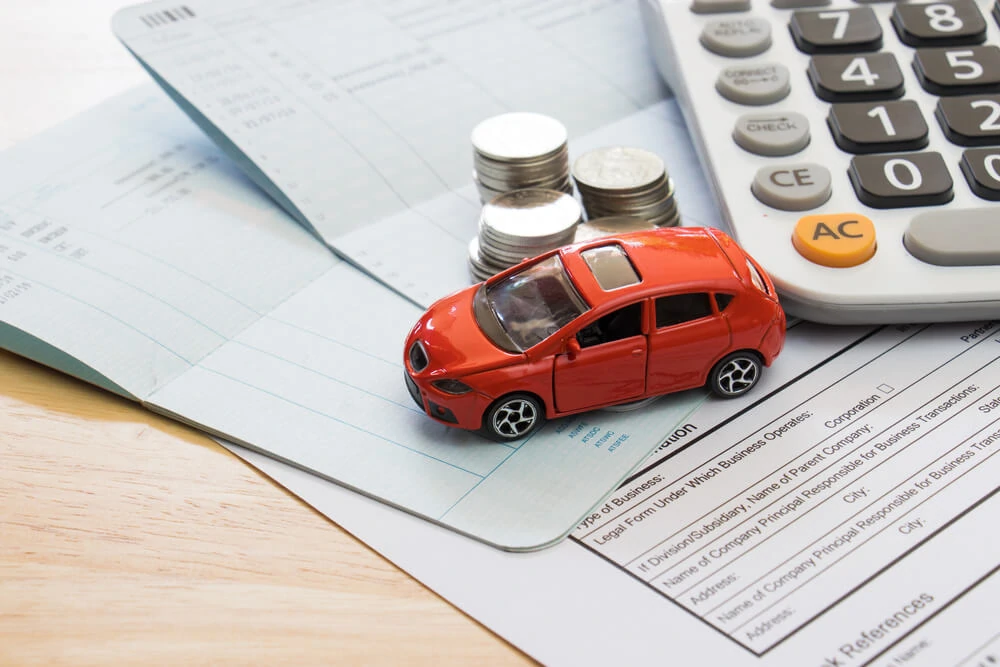Introduction
Car insurance is a necessary expense for all vehicle owners. Understanding how much it costs can help you budget and find the best coverage for your needs. This guide will explore the average cost of car insurance, the factors that influence rates, and tips to get the best deals.
What is the Average Cost of Car Insurance?
The average cost of car insurance varies widely based on several factors. In 2024, the national average for full coverage car insurance is around $1,674 per year. However, your premium could be higher or lower depending on your personal circumstances.

Several variables influence these rates, including your location, driving history, and the type of vehicle you drive. It’s essential to get personalized quotes to understand what you might pay for car insurance.
Factors That Affect Car Insurance Rates
Age and Driving Experience
Age and driving experience play a significant role in determining car insurance rates. Younger drivers, particularly teenagers, typically face higher premiums due to their lack of experience and higher risk of accidents. Conversely, older drivers with more years behind the wheel often benefit from lower rates.
Insurers consider younger drivers as high-risk because they are statistically more likely to be involved in accidents. Over time, as drivers gain experience and maintain a clean driving record, their rates usually decrease.
Vehicle Type and Usage
The type of vehicle you drive and how you use it also affect your insurance rates. High-performance cars, luxury vehicles, and sports cars often come with higher premiums due to their increased risk of theft and higher repair costs.
Additionally, if you use your vehicle for business purposes or have a long daily commute, you might see higher insurance costs. This is because more time on the road increases the likelihood of an accident.
Location and Zip Code
Where you live significantly impacts your car insurance rates. Urban areas with high traffic volumes, higher crime rates, and more accidents generally have higher premiums compared to rural areas.
Your specific zip code can affect your rates due to local risk factors such as theft, vandalism, and the number of uninsured drivers in your area.
Driving Record
Your driving record is one of the most crucial factors in determining your car insurance rates. A clean driving record with no accidents or traffic violations typically results in lower premiums.
However, if you have a history of accidents, speeding tickets, or other violations, insurers view you as a higher risk and charge more for coverage. Maintaining a good driving record over time can help lower your insurance costs.
How to Get the Best Car Insurance Rates
Shop Around and Compare Quotes
One of the most effective ways to get the best car insurance rates is to shop around and compare quotes from multiple insurers. Prices can vary significantly from one company to another, so it’s important to get several quotes to find the best deal.
Use online comparison tools and work with independent agents who can provide quotes from various insurers. Make sure to compare the same coverage levels and deductibles to get an accurate comparison.
Take Advantage of Discounts
Insurance companies offer various discounts that can help reduce your premiums. Common discounts include those for safe driving, bundling multiple policies (such as home and auto), and having safety features on your vehicle.
You might also qualify for discounts if you have a good credit score, are a member of certain professional organizations, or have completed a defensive driving course. Always ask your insurer about available discounts and how you can qualify for them.
Car Insurance for Different Types of Drivers
Young Drivers
Young drivers often face the highest car insurance rates due to their lack of experience. However, there are ways to reduce these costs. Good student discounts, participating in driver’s education programs, and driving a safe, reliable car can help lower premiums.
Some insurers also offer usage-based insurance programs that monitor driving habits and reward safe driving with lower rates. Encouraging young drivers to maintain a clean driving record is crucial for reducing their insurance costs over time.

High-Risk Drivers
High-risk drivers, such as those with a history of accidents or traffic violations, often struggle with higher insurance premiums. To find more affordable options, high-risk drivers should consider seeking coverage from insurers that specialize in non-standard auto insurance.
Taking defensive driving courses, improving your credit score, and maintaining continuous coverage can also help lower rates. Over time, demonstrating responsible driving behavior can gradually reduce insurance costs.
Senior Drivers
Senior drivers may see changes in their car insurance rates as they age. While some insurers offer discounts for older adults with a long history of safe driving, others might increase premiums due to perceived risks associated with aging.
To get the best rates, senior drivers should compare quotes from multiple insurers and look for those offering senior discounts. Participating in refresher driving courses and installing safety features in their vehicles can also help reduce premiums.
Conclusion
Car insurance costs vary based on several factors, including age, vehicle type, location, and driving record. By understanding these factors and taking steps to mitigate risks, you can find more affordable car insurance options. Always compare quotes, ask about discounts, and maintain a clean driving record to keep your premiums as low as possible.
